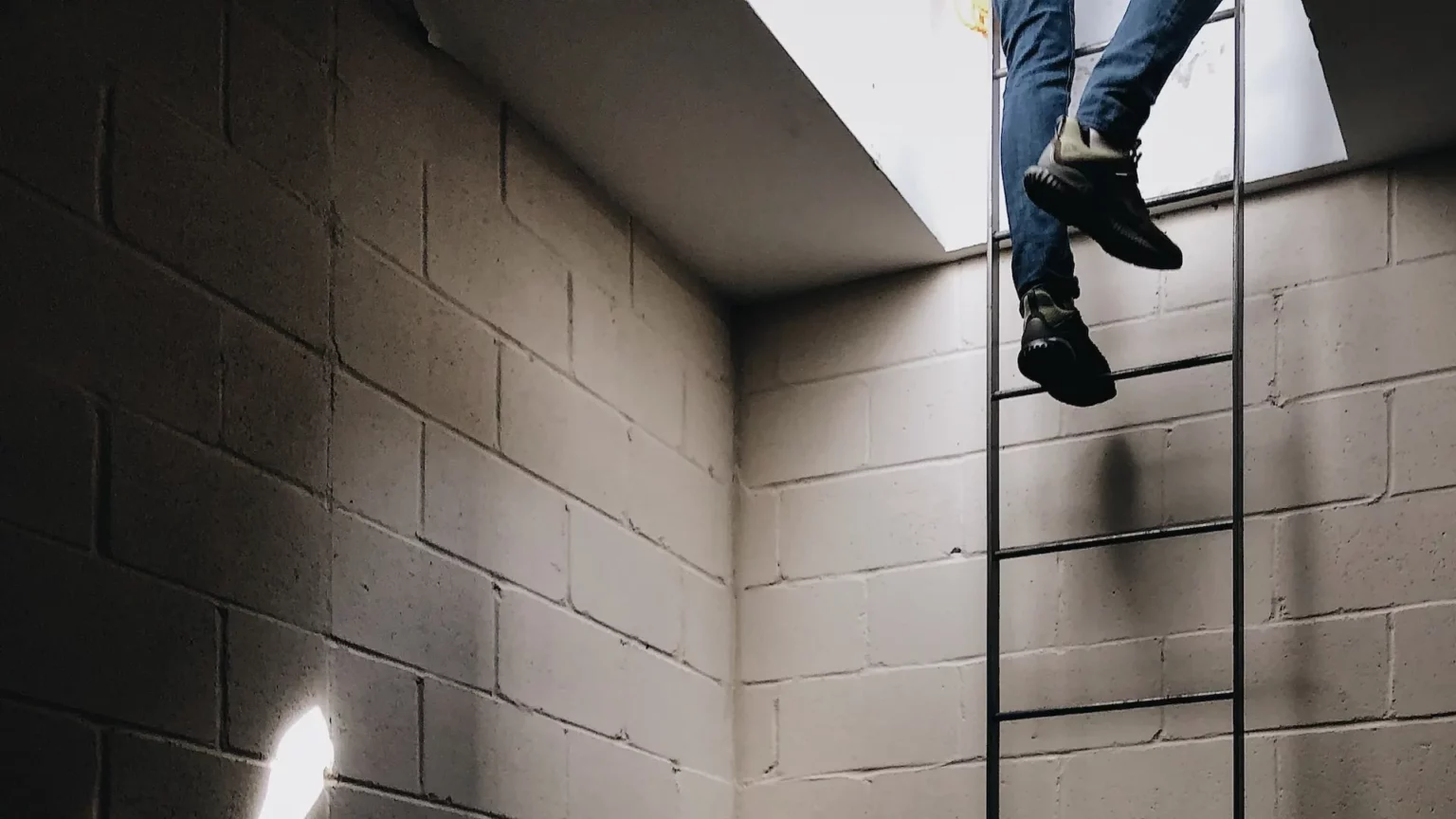Can I File a Personal Injury Lawsuit for a Ladder Accident?

Can I File a Personal Injury Lawsuit for a Ladder Accident?
In New Jersey, a victim of a ladder accident can file a personal injury lawsuit if the accident was caused by the negligence or recklessness of another person. Negligence and recklessness are when someone fails to act reasonably and puts another person at risk because of their carelessness.
If an individual is injured due to the negligence or recklessness of another person, they may be entitled to damages including medical expenses, lost wages, pain and suffering, and other related costs. To pursue a claim for personal injury compensation, victims must understand the legal process so that they can make informed decisions about whether to take legal action.
The first step in pursuing a personal injury lawsuit is to contact an experienced personal injury attorney. An attorney can evaluate the specifics of your case and advise you as to whether filing a lawsuit is the best course of action. If they believe that a valid claim exists, they can help you build a strong case and navigate through the legal process.
When filing a personal injury claim in New Jersey, it is important to note that there are strict deadlines for submitting claims known as statutes of limitation. It is important to meet these deadlines to protect your rights and maximize your chances of receiving fair compensation for your injuries and losses.
In summary, those injured in ladder accidents can file a personal injury lawsuit in New Jersey if the accident was caused by the negligence or recklessness of another person. It is important to contact an experienced lawyer as soon as possible to ensure that you meet all applicable deadlines and protect your legal rights. With the help of a qualified attorney, you may be able to receive compensation for medical expenses, lost wages, pain and suffering, and other related costs.
What are injuries that can come from a ladder accident?
Ladder accidents can lead to a range of different injuries, some more serious than others. Common ladder-related injuries include fractures, sprains and strains, bruises, lacerations, contusions, and other soft tissue damage. Broken bones are particularly common in ladder accident cases as well as head trauma from falling off the ladder. In extreme cases, spinal cord injury or even death may result from a fall from a ladder. Other potential consequences of ladder accidents include nerve damage and joint dislocations due to strain on the body caused by awkward positions while climbing or working on the ladder.
It is important to be aware of these risks when using ladders and to ensure that they are always used safely. Proper training and supervision should be given to anyone who needs to use a ladder in any type of work environment. Safety equipment should also be provided, including handrails and foot straps, as well as appropriate protective clothing such as hard hats and safety harnesses. Taking these precautions can help reduce the risk of serious injury from a ladder accident.
In addition to physical injuries, there may also be psychological consequences from a ladder fall accident that can take time and professional help to overcome. Fear of heights and ladders is not uncommon after an accident, along with anxiety and depression which may lead to difficulty sleeping or concentrating at work. Recovering both physically and psychologically from an accident is important to ensure that people can move forward with their lives without being held back by the trauma of their accident.
Who can I sue in a ladder accident?
In this type of case, the parties that could potentially be held responsible include the manufacturer of the ladder, the store where it was purchased, any individual or entity responsible for maintaining or inspecting it before use, as well as the owner of the ladder if they knew or should have known their equipment was defective or had failed to take reasonable precautions. This includes failing to provide proper warnings and instructions on how to safely use it. If they failed to take reasonable precautions in ensuring the safety of their equipment, then they could potentially be held accountable for any resulting injuries due to negligence.
Similarly, employers may also be liable for any injuries sustained by employees using ladders on the job. This is because employers are required to provide a safe working environment for their workers and ensure that any equipment used by them is regularly maintained, inspected, and up to date. Any failure to do so may result in legal consequences.
Lastly, an individual could also be considered negligent if they have acted recklessly or negligently while using the ladder in question. For example, if they failed to properly secure it or climb it safely, then they could potentially put others at risk who were close by when the injury occurred. If this negligence can be proven in court, then the individual may be held liable for any damage caused as a result of their actions.
Overall, several parties can potentially be found negligent in a personal injury lawsuit related to a ladder accident. Injured victims need to consult with an experienced New Jersey personal injury attorney to determine who can be held liable and what legal recourse they may have.
What can cause a ladder accident?
Ladder accidents can be caused by a variety of factors, including improper ladder set up and use, lack of proper safety equipment, and lack of knowledge about how to safely use ladders. Improper ladder setup occurs when the ladder is not properly secured or placed on an uneven surface. When this happens, it increases the risk that the user may lose their balance and fall from the ladder. Additionally, if there are any issues with the structural integrity of the ladder itself, such as worn rungs or damaged hardware, then this can also increase the chance of an accident.
In addition to proper setup and maintenance of ladders, users should also wear appropriate safety gear when using a ladder. This includes hard hats, gloves, non-slip shoes, and safety harnesses. It is also important that the ladder is securely tied off on both ends, as any movement of the ladder can lead to a fall.
Finally, users need to have a good understanding of how to safely use ladders. This includes proper methods for ascending and descending the ladder, understanding how far apart the rungs should be spaced when climbing, and being aware of their physical strength and limitations. Additionally, users should never stand on the top two steps of the ladder—instead, they should always keep three points of contact while using a ladder. Taking these precautions can go a long way in preventing accidents from occurring.
What damages can the victim of a ladder accident win?
Victims of ladder accidents in New Jersey are typically entitled to both economic and non-economic damages. Economic damages may include compensation for medical bills incurred as a result of the accident, lost wages due to missed work, and property damage related to the incident. Non-economic damages are more difficult to quantify but can provide substantial financial recompense for pain and suffering endured after a ladder accident. In some cases, punitive damages may be awarded if it is determined that a defendant acted with malice or gross negligence in causing the injury.
Victims of ladder accidents in New Jersey need to speak with an experienced personal injury attorney who will be able to evaluate their case and assist them in obtaining maximum compensation for their losses. An experienced lawyer will be able to determine if the plaintiff is eligible for punitive damages and offer advice about the best legal strategy for pursuing a successful claim. Additionally, an attorney can help victims understand any available insurance coverage that may apply to their situation and assist in navigating the claims process.
The amount of compensation a victim of a ladder accident may receive in New Jersey depends on several factors including the severity of their injury, how much medical care they required, whether they suffered long-term disability or loss of earning capacity, as well as non-economic losses such as pain and suffering. In general, those who are injured more seriously and have suffered greater financial losses due to the accident will typically receive higher awards than those with less severe injuries. An experienced personal injury lawyer will be able to assess the damages an individual has suffered and advise them on what type of settlement or award they may expect from their case.
Victims of ladder accidents in New Jersey should not hesitate to pursue legal action if they have been injured due to the negligence or recklessness of another party. While no amount of money can undo the harm that has been done, a successful personal injury lawsuit can provide much-needed financial relief for medical expenses, lost wages, and other hardships associated with an accident. With the help of a knowledgeable attorney, victims of ladder accidents in New Jersey can obtain maximum compensation for their losses and begin taking steps toward putting their lives back together after a serious accident.
How does the victim of a ladder accident prove negligence?
With the help of a lawyer, victims of ladder accidents can build a strong case to prove negligence and recover damages for their injuries. By gathering evidence, filing all necessary paperwork, and presenting arguments in court, they may be able to successfully hold the responsible party accountable and receive compensation for any losses or suffering caused by the accident. Taking legal action is an important step towards getting justice following a ladder accident, so victims must understand their rights and explore all available options.
The first element for proving negligence is establishing that the defendant owed a duty of care. This means that there is an established relationship between the parties such that one must act reasonably towards the other. For example, if someone leaves their ladder unattended at a construction site and another person falls off it while using it, then the owner may be liable because they had a duty to make sure that the ladder was secure and safe for people to use.
The second element is demonstrating how the defendant breached this duty of care. This means showing how the defendant acted or failed to act in a way that fell short of what was expected from them under the circumstances. For example, if the owner failed to properly secure the ladder by not setting it up correctly or not checking it before allowing someone else to use it, then they could be found liable for breaching their duty of care.
Finally, establishing causation is essential in proving negligence. This means that the plaintiff must demonstrate that their injury was caused by another person’s actions or omissions—in this case, that the ladder accident was caused by the defendant’s breach of their duty of care. The plaintiff must be able to show that their injury would not have occurred but for the defendant’s negligence, and that the injury was a foreseeable result of the defendant’s actions or lack thereof.
If all three elements can be proven in a personal injury lawsuit following a ladder accident, then the victim may be able to recover damages from the responsible party. It is important to gather as much evidence as possible to prove negligence in such cases, including witness statements, photographs, and medical records. An experienced lawyer can help guide victims through this process and provide legal advice on how best to proceed with their case.
Related Blogs
No Fee Unless
GGL Wins
We've got you covered.
We are available 24/7/365
One of our advisers will contact you.

OFFICIAL PARTNER OF RUTGERS ATHLETICS



Recent GGL Wins
Auto Accident
Mediation award Plaintiff was injured in an intersection motor vehicle collision resulting in neck and lower back fusion surgeries.
$2 Million
Verdict
Workers Compensation
25-year-old laborer died in an industrial accident while working.
$1.15 Million
Verdict
Construction Accident
Roofer fell off roof causing head trauma resulting in a head injury. Plaintiff was not given fall restraint protection equipment by contractor.







